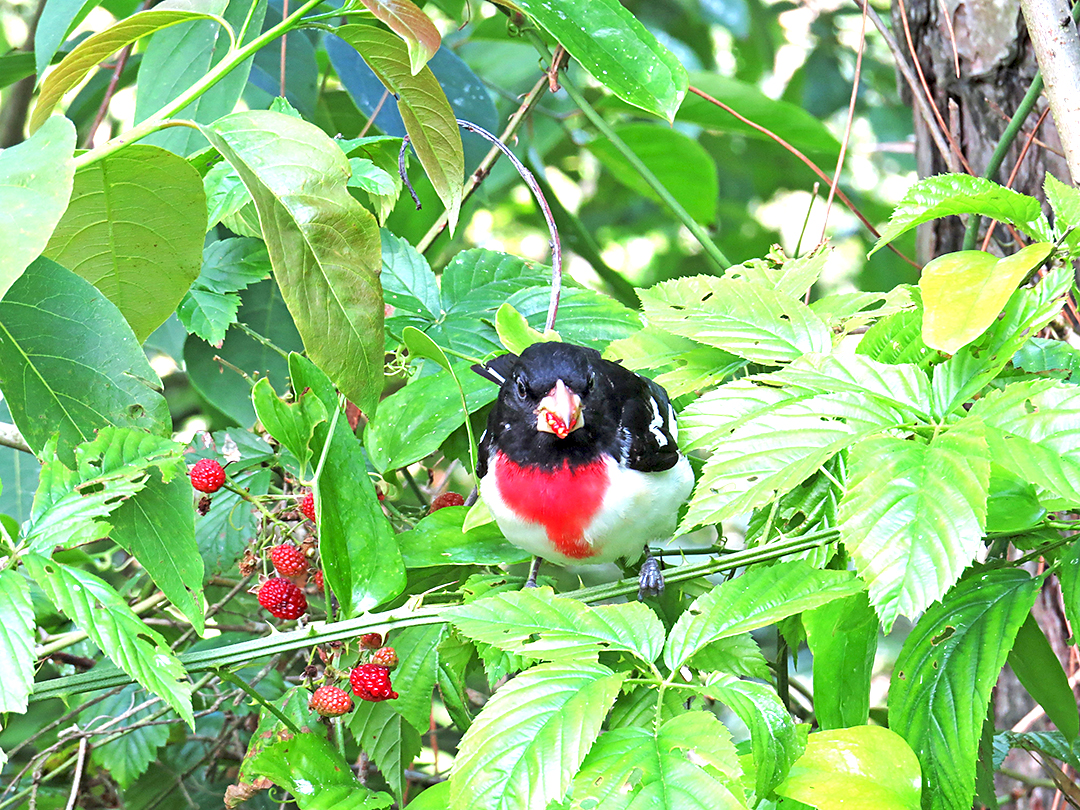Spring migration is going on now

Spring migration is a mass movement of billions of birds: hummingbirds, rails, vireos, cuckoos, sandpipers, sparrows, terns, tanagers, gulls and grosbeaks. Some have spent the winter here along the Gulf coast, while most are coming from their wintering grounds in South America. All are headed back to their summer homes to breed.
There are Western Sandpipers and Ruddy Turnstones bound for the North coast of Alaska; Common Loons headed home to the lakes of Ontario; Blackpoll and Bay-breasted Warblers returning to the Boreal forests of Canada; Scarlet Tanagers jumping to the hardwood forests of the Northeast and Green-winged Teal flying up to Quebec. Some birds have shorter journeys. Acadian Flycatchers, Orchard Orioles and Wood Thrushes will spread out over the Eastern woodlands from the Gulf coast to Canada.
Two billion birds cross the Gulf each year on Spring migration. Five million of these migrants flew over St. Marks this April. Only a few of them stopped at the refuge and for those that did, the refuge provided a critical feeding stop. I watched a Rose-breasted Grosbeak in the woods near Headquarters Pond that had apparently just landed after a trans-Gulf flight. It was gorging on unripe blackberries and was so hungry that it ignored me and let me walk up to within a few feet of it.
Elsewhere on the refuge, Palm Warblers eat insects and Whimbrels probe in the mud for fiddler crabs. These and other migrants are intent on feeding and adding fat to fuel their next migratory jump. Undeveloped coastal lands like St. Marks NWR provide migratory stopover sites that are as necessary to these birds’ survival as the protection of their nesting and wintering grounds.
Spring migration is moving to a close. Already, the refuge’s summer breeders are busy. Common Gallinules are tending chicks and Northern Parulas are feeding young. Within the next week most migrant songbirds will have passed through St. Marks and by the end of May, the majority of migrant shorebirds will be on their way. St. Marks will have settled into the summer doldrums even before the last Northbound arctic shorebirds come through in June. Then, in early July the first early nesting birds, through with breeding for another year, will begin to drift through heading South as the never-ending cycle of avian migration continues.
Come down to St. Marks and watch. It’s fascinating.
Don Morrow can be reached at donaldcmorrow@gmail.com.
